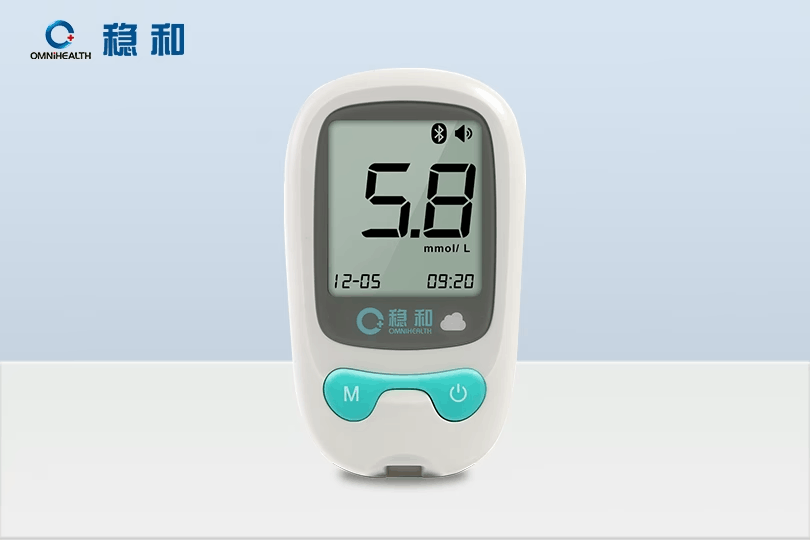Why aren’t glucose meters 100 percent accurate?
Date:2021-09-18Author: Shenzhen Omnihealth Technology Co., Ltd.

You might be wondering why the FDA doesn’t tighten their standards. Unfortunately, there are a variety of factors that account for that acceptable variance range. Here are some of the many variables that impact the exact accuracy of your glucose meter results, according to a study published in the Journal of Diabetes Science and Technology, funded by Wavesense Technology.
Enzyme vulnerability & consistency
Enzyme vulnerability refers to several variables and environmental issues that can be inconsistent when you’re checking your blood sugar. Some you have control over, others you don’t.
For instance, when a test strip is created in the manufacturing plant, a reactive enzyme is sprayed across the inner page of the test strip, then other details of the strip technology are added. When your blood is applied to the strip, it reacts with that enzyme as a key part of producing a blood sugar result. If the test strip material wasn’t covered thoroughly in the enzyme spray, it can affect the accuracy of your results.
Other environmental variables include things like how the strips are stored, the conditions they endure during shipping, whether they are kept in an extremely hot and humid area versus cold and dry, and so on.
While the manufacturers of test strips generally have highly controlled storage environments for their product, they can’t control these details once the product ships and shows up at your door or at the pharmacy.
Capillary blood vs. venous blood
The blood in your capillaries (which are in your fingertips) is not identical to the blood in your veins. While they are very close according to research, they are rarely the same.
When compared to a blood draw in a lab, where the blood is always taken from a vein in your arm or hand, at a controlled temperature, in an extremely sanitary and enclosed tube, and then assessed in a very controlled lab, it’s actually not surprising that at-home glucose meters aren’t able to produce an exact measurement.